Roe deer fact file
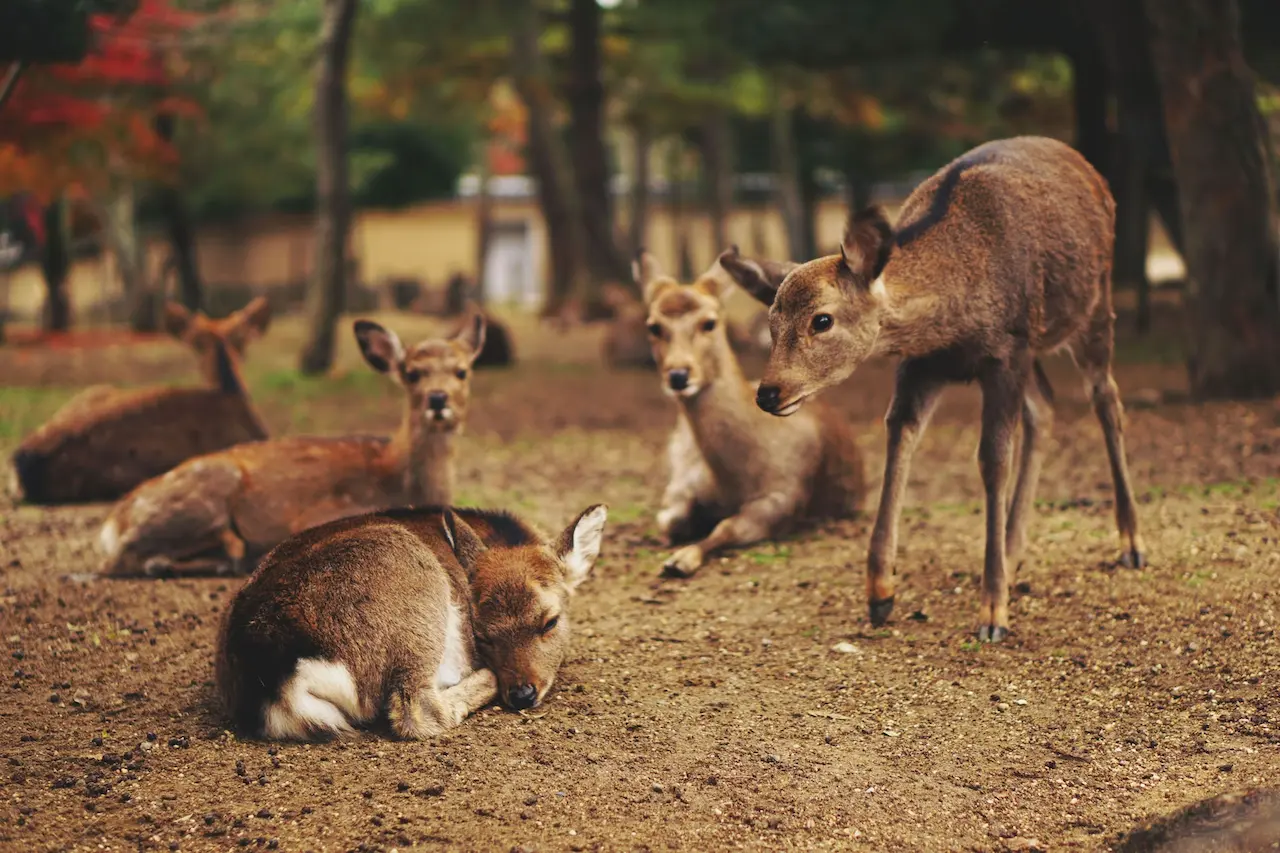
The
Roe deer fact file
The Roe Deer
Common name – roe deer.
Scientific name – Capreolus capreolus.
Table of Contents
ToggleSize – 10 – 30kg in weight. Not much separates the sexes for height, with bucks averaging around 70cm at the shoulder and does a little less.
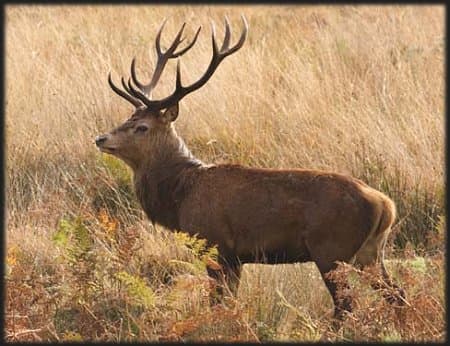
Identification tips – easily identified by its small size and uniform coat colour – a strong gingery-red in summer and a much darker grey-brown in winter. Bucks and does have very distinguishing white markings on the faces, just above the top lip on either side. The chin is the same colour.
A roe buck’s antlers are very short, rarely exceeding 30cm in length and typically with 3 branches per side.
A further aid to identifying roe deer is the very short tail, barely visible from a distance, and the almost white hair around the tail base.
Preferred habitat – primarily woodland but this very adaptable species is as equally happy on open heathland. It will readily wander onto farmland to graze arable crops or nibble at hedgerows.
Diet – a wide variety of vegetation depending on availability. Roe deer are very adaptable and this is reflected in their eating habits; ground-hugging plants such as heather and grass, fresh shoots of holly, ivy, bramble bushes and low hanging branches of deciduous trees will all be eaten. Fruits, berries and arable farm crops can also all be part of the regular diet.
Breeding – the mating season, or Rut, happens a couple of months earlier than the Ruts of fallow and red deer, in late July and August. The doe will give birth to a kid between the months of May and June the following year. This may seem a long period of time but, like badgers, roe deer experience delayed implantation where the embryo doesn’t attached itself to the womb lining for up to a few months after fertilization.
It’s quite common for roe does to produce twins or even triplets, born in pockets of dense vegetation such as bracken.
Other points – although widespread throughout all areas of the New Forest, they are easily missed because of their small size.
Roe deer are very alert animals and will move quickly if disturbed by passers-by, disappearing into areas of thicker vegetation.
Neighbouring farmland and open fields around the New Forest National Park are other likely areas to spot roe deer that have wandered onto the land in search of new grazing opportunities.
Related Sites

Enjoying Nature in the New Forest
Immersing yourself in nature offers peace, adventure, and a unique way to rejuvenate the spirit. With its beautiful surroundings and diverse wildlife, the New Forest is an ideal location for outdoor enthusiasts. Planning your next

Top Road Trip Hacks
For nature enthusiasts, a road trip represents more than just traveling from point A to B—it’s an opportunity to forge meaningful connections with the natural world. Whether you’re planning to explore remote national parks or

Exploring natural wonders
Exploring natural wonders: from New Forest to the deserts of the UAE For English travellers, the UAE is a sweet invitation into a world of exceptional land beauty. From the billowing dunes of its
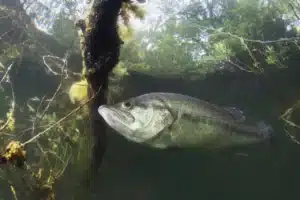
Water Clarity and Its Impact on Bass Behaviour
Fishing is as much about observation as it is about skill, and water clarity plays a vital role in determining bass behaviour. Whether you’re fishing in a clear mountain lake or a murky pond, understanding
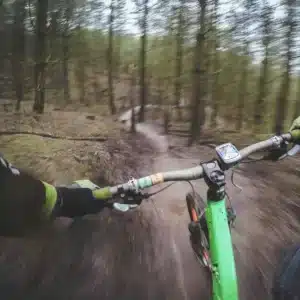
Discovering Natural Parks on Wheels
Looking at discovering natural parks on wheels? There is nothing more substantial than the call of nature. It is the remedy for hectic schedules, where endless screens give way to fresh air and open trails,
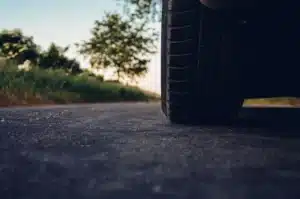
All-Weather Exploration in New Forest
Adventure often means contending with unpredictable weather, from sudden rain showers to chilly, foggy mornings. The weather can change quickly, creating challenges for your outdoor plans and vehicle. Therefore, how should you prepare for an
